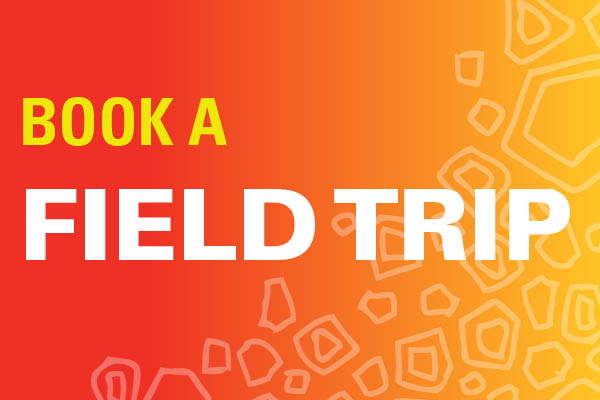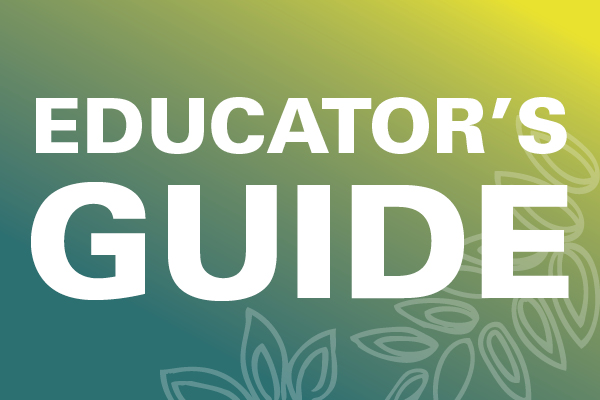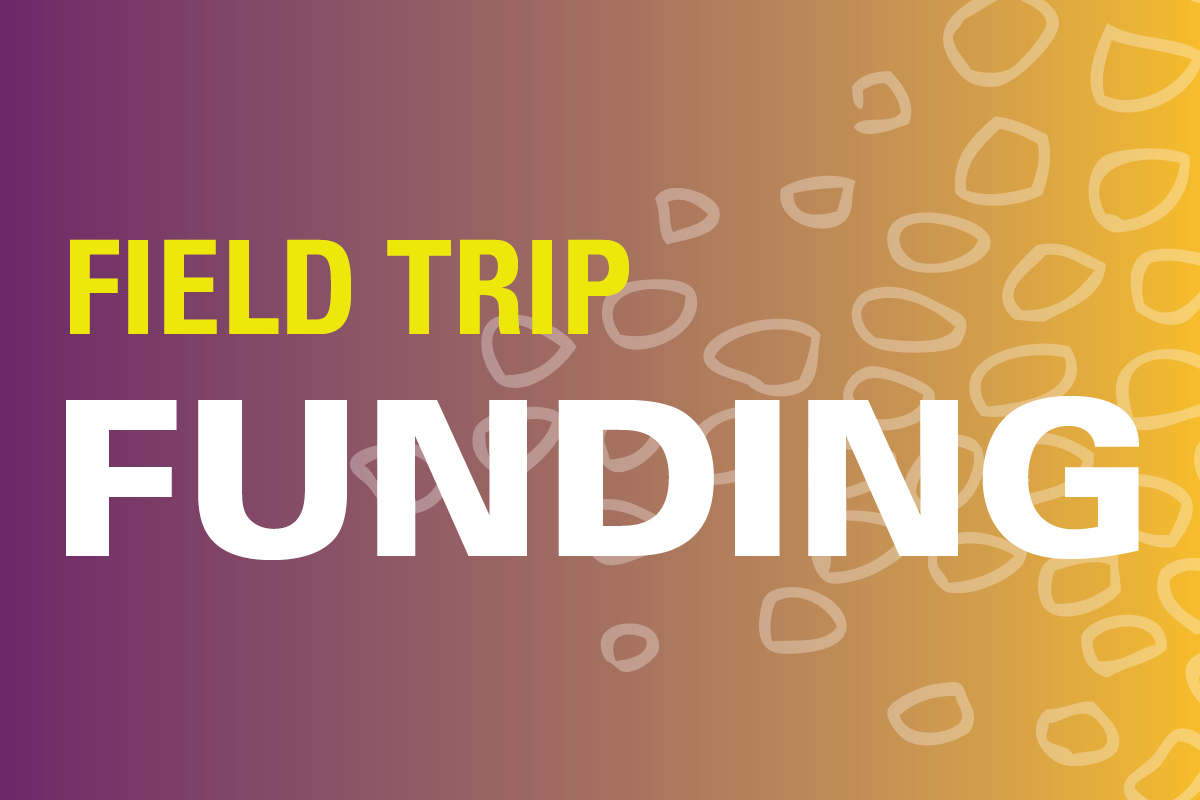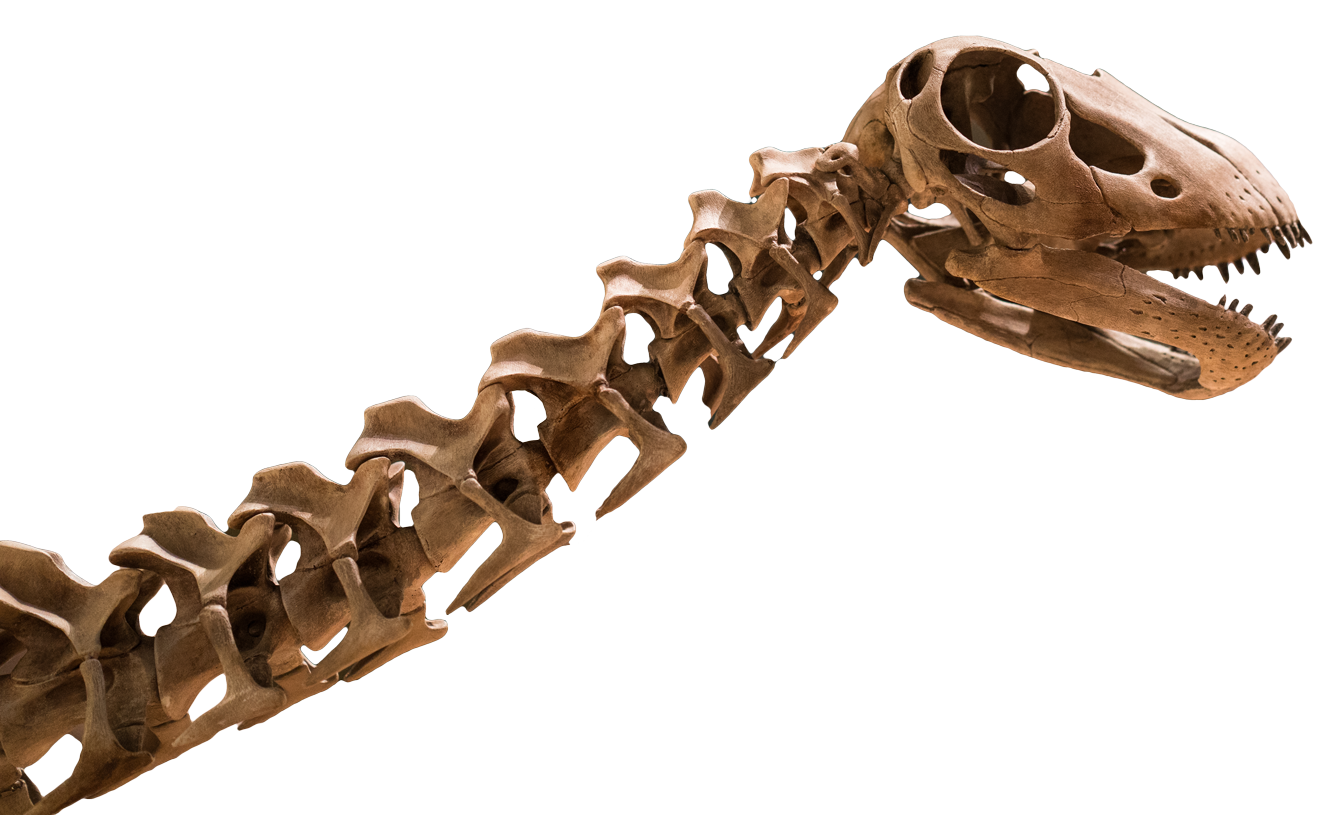These programs last 50 minutes and include safe activities using artifacts or scientific specimens. Some programs also include investigations, demonstrations or data collection and analysis. Educational programs are available beginning the day after Labor Day through the third week of May.
Program Fee: $45 per class + museum admission
It’s Classified!
Scientists classify species into taxonomic groups based on characteristics such as tooth structure, skull shape, nostril placement and body type. Students will identify and group a variety of museum specimens based on quantitative and qualitative characteristics.
Download Educational Program Guide OAS: HS-LS4-4 | Science Practices 1, 2, 3, 4, 5, 6, 7, 8
Mysteries of the Mesozoic
What can you tell about a prehistoric animal from a single fossil? Students will find out by uncovering clues from the Mesozoic era, the age of dinosaurs. Student teams will participate in an excavation simulation at one of six “sites.” They will collect data and then analyze their findings using principles of comparative anatomy.
Download Educational Program Guide OAS: Science Practices 1, 2, 3, 4, 5, 6, 7, 8 | Core Ideas ESS2 | Crosscutting Concepts, Scale Proportion and Quantity, Structure and Function
Beneath the Bedrock: Fossils or Fuel?
Fossils and fossil fuels formed over millions of years and hold great interest to scientists. In this program, students will explore the similarities and differences between fossils and oil. They will also use maps, diagrams and other models to discover the relationship between these two important resources.
Download Educational Program Guide OAS: HS-ESS3-5| Science Practices 1, 2, 4, 6, 7, 8
Laboratory Program
Laboratory programs last 90 minutes and include experiments or simulations and active investigation by students.
Program Fee: $80 per class + museum admission
In Deep Water
What happens when aquatic ecosystems experience changes in climate patterns? Students will examine what factors influence ocean conditions and marine populations. They will perform experiments, create and analyze graphs and gather information from scenarios in order to find out why our oceans are “in deep water.”
Download Educational Program Guide OAS: HS-LS2-6 | Science Practices 1, 2, 3, 4, 5, 6, 7, 8 ESS3
CSI Red River
Students canoeing on the Red River find fish swimming erratically; a fisherman on the Mountain Fork of the Little River is stunned to find piles of dead and dying fish. What is happening? It is up to wildlife biologists to collect data and find the answers! Students in this class will use a variety of chemical tests, interviews and other data collection skills to solve the mysteries.
Download Educational Program Guide OAS: HS-LS2-2 | Science Practices 1, 2, 3, 4, 5, 6, 7, 8






